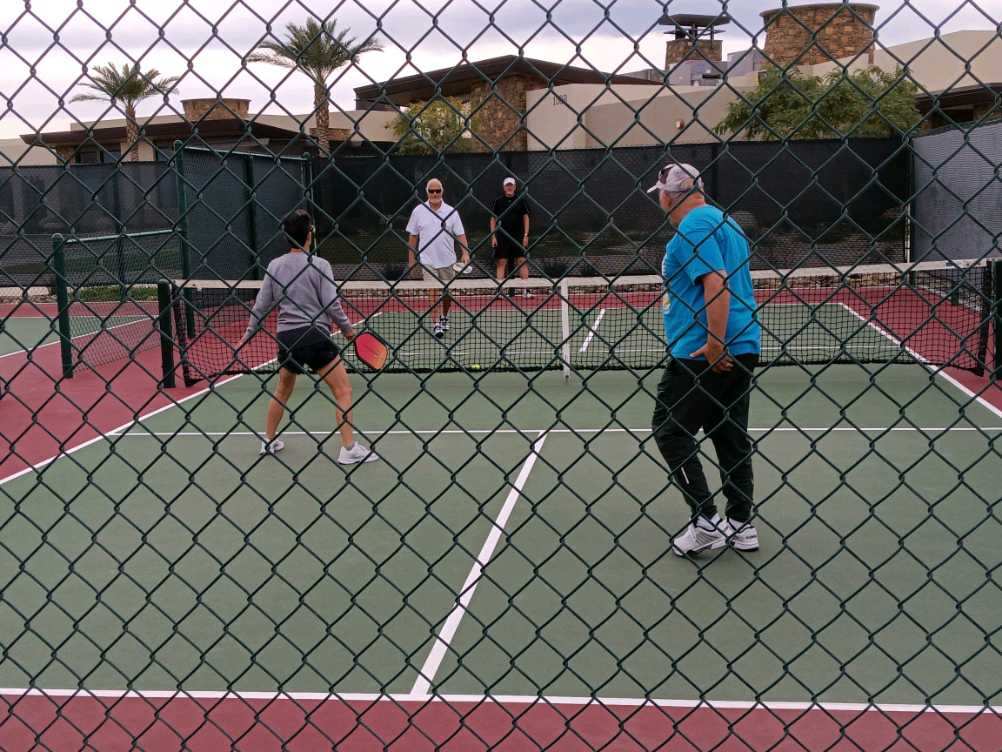Navigating the Risks: Understanding Pickleball Injuries and Injury Prevention
Pickleball, a rapidly growing sport blending elements of tennis, badminton, and table tennis, has captured the hearts of many enthusiasts worldwide. While it offers numerous health benefits and is often touted as a low-impact activity suitable for all ages, it’s not without its risks. Like any sport, pickleball carries the potential for injuries, albeit generally less severe compared to high-impact sports like basketball or football.
One of the most common pickleball injuries is strains or sprains, particularly affecting the ankles, wrists, and shoulders. These injuries often occur due to sudden movements, quick changes in direction, or overexertion during play. Additionally, players may experience tendonitis, especially in the elbow, commonly referred to as “pickleball elbow,” due to repetitive motions such as swinging the paddle or serving.

To mitigate the risk of injury while playing pickleball, it’s essential to prioritize proper warm-up and stretching routines before stepping onto the court. Focus on exercises that target the muscles used in pickleball, including the shoulders, arms, legs, and core, to enhance flexibility and reduce the likelihood of strains or sprains. Additionally, incorporating strength training exercises can help improve overall stability and resilience, aiding in injury prevention.
During gameplay, maintaining proper form and technique is crucial. Pay attention to your body mechanics, ensuring smooth and controlled movements to minimize the strain on your joints and muscles. Moreover, stay hydrated and take regular breaks to prevent fatigue, which can compromise your coordination and increase the risk of accidents.
Investing in quality equipment, such as pickleball paddles and shoes with proper support and cushioning, can also contribute to injury prevention. Well-fitted gear not only enhances performance but also provides essential protection and stability, reducing the likelihood of accidents on the court.
Furthermore, practicing good sportsmanship and respecting your limitations can go a long way in preventing injuries. Avoid pushing yourself beyond your capabilities and listen to your body’s signals. If you experience persistent discomfort or pain, don’t ignore it; instead, take the necessary steps to address it, whether it’s modifying your technique, seeking medical advice, or taking a break from play to allow for proper recovery.
In conclusion, while pickleball offers a fun and engaging way to stay active, it’s essential to be mindful of the potential risks involved. By incorporating proper warm-up routines, focusing on technique, utilizing suitable equipment, and listening to your body, you can enjoy pickleball safely while minimizing the likelihood of injury. Remember, staying injury-free allows you to continue reaping the countless benefits of this exciting sport for years to come.